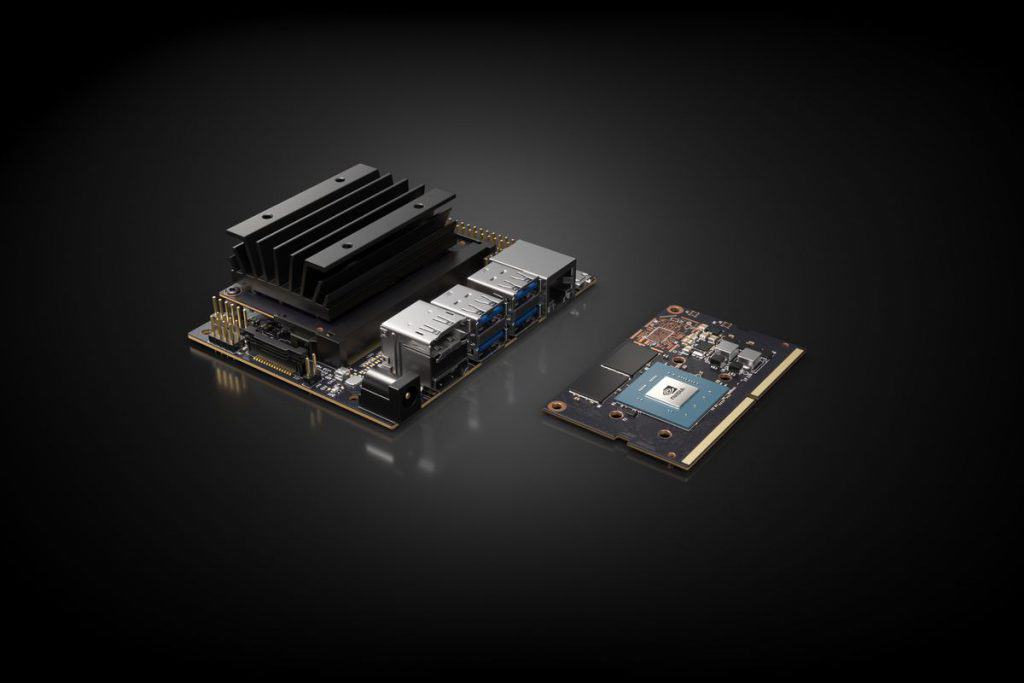A car without speech recognition means a car without Advanced Driver-Assistance System or a car with poor ADAS. As a result, we do not have (enough) in-built processing power to simply install a speech recognition system onto the existing hardware. An external device is required to implement our solution.
A lot of speech recognition systems partially or fully rely on cloud to recognize the input and/or process that. This is a suboptimal solution because drivers do not always have access to the internet, especially in rural areas or developing countries. Besides, server infrastructure from AWS and others has to catch up with the demand every day. Still, the transfer gets more and more cluttered on the ISP’s side.
We need a small yet powerful external device to install speech recognition on older cars. And make it without online components for longevity’s sake.
Single-board computer is both powerful and tiny. Our proprietary speech recognition system doesn’t need internet.
Drivers don’t have to take their eyes off the road. Older cars stay relevant for a few more years.

Before this project, 20kL had put two years into building an offline speech recognition system. It was optimized for the single-board computer. The computer comprises both the dictionaries and the algorithm for stacking input against all words in the dictionary. The system was executed in Python.

Simon Kaastrup-Olsen
Chief Executive Officer
Just like our object detection system for cars, the solution was ordered by an IT company rather than a car manufacturer and has been further redistributed to other businesses. This includes a large car-sharing company, as entry-level cars often do not have the processing power for their own speech recognition systems.
Technology: Speech Recognition
Tools and framework: Python

Simon Kaastrup-Olsen
Chief Executive Officer